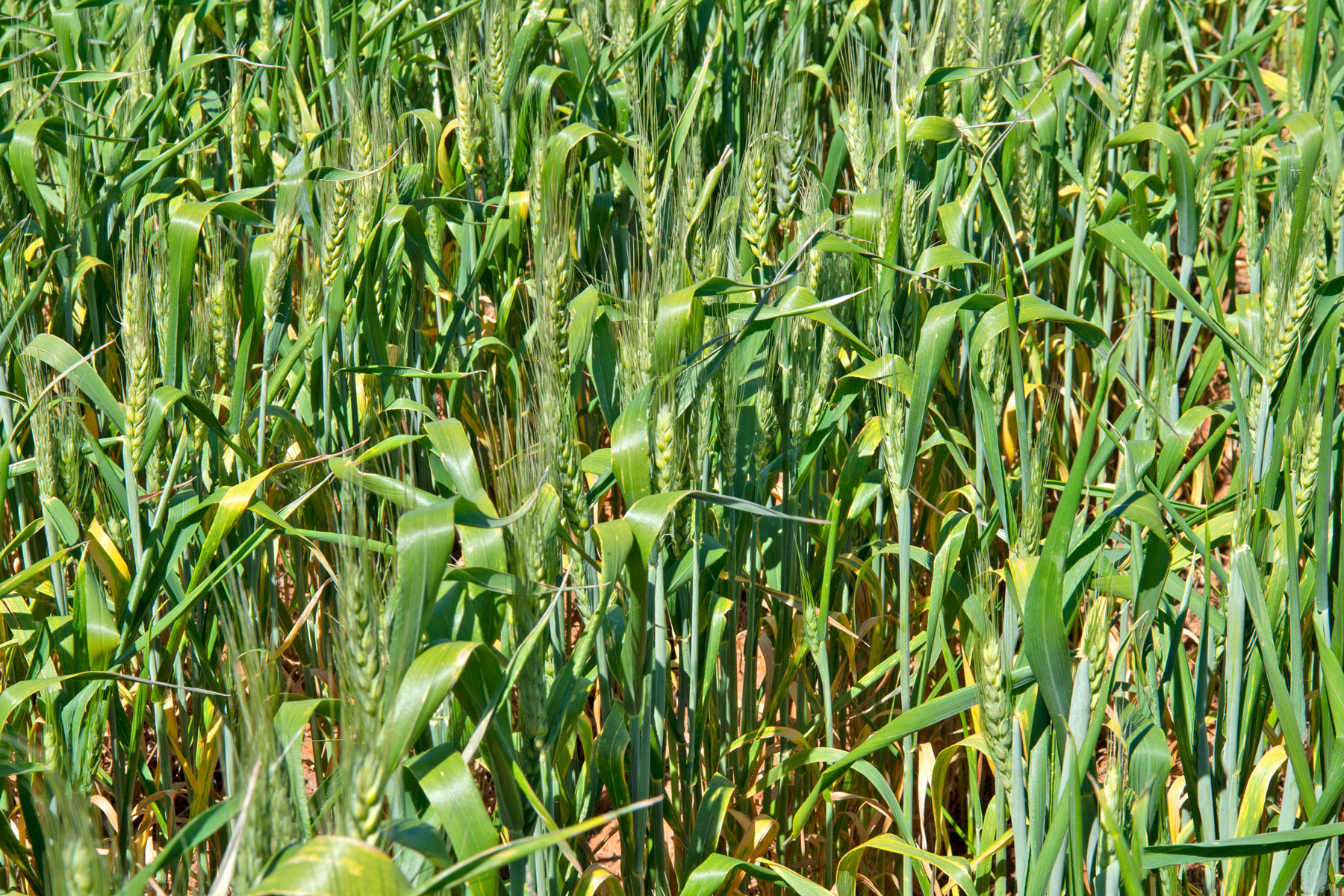
Western Australian grain growers now have access to valuable industry specific data to help calculate onfarm greenhouse gas (GHG) emissions and confidently assess their onfarm carbon footprint.
The data was captured by the Carbon Neutral Grain Pilot Project, a collaboration between the Department of Primary Industries and Regional Development (DPIRD), Co-operative Bulk Handling Group (CBH Group) and Wide Open Agriculture.
In 2020-21, the project collected GHG emissions from 36 cropping businesses throughout the wheatbelt that grew wheat, barley, canola, oats and lupins – comprising 152,000 hectares and a total of 417,000 tonnes of grain.
DPIRD senior development officer Mandy Curnow said the data would assist growers to understand their likely emissions to help measure and adapt their operations to meet market demands and build more sustainable businesses.
“The research found more than 70 per cent of all GHG emissions were from Scope 1 or onfarm sources, with fertilisers and crop residues contributing to more than half of the total figure,” she said.
“Most of the other emissions came from Scope 3 or pre-farm sources, with 95 per cent of these emissions embedded in inputs, such as fertiliser, herbicides and pesticides.
“The remaining Scope 2 emissions from purchased electricity was negligible at the onfarm stage of crop production.
“The analysis showed wheat, barley, lupins and oats emit between 220 and 250 kilograms of carbon dioxide per tonne of grain, whereas canola emits more than double this at 550kg.
“This valuable information will assist growers and industry to understand their emissions contribution so they can adapt their operations to build more climate resilient, productive and profitable businesses.”
The pilot project also assessed and compared three leading online onfarm GHG emissions calculators, to help growers, consultants and other stakeholders determine the best calculator for their business.
CBH Group Head of Accumulations Trevor Lucas said understanding onfarm GHG emissions was important in the face of increasing global demand for sustainable grains.
“Measuring GHG emissions from cropping enterprises is a relatively new commercial practice, which requires standardisation, research, trials, benchmarking and review of practices,” he said.
“The information from this pilot project provides valuable ground-truthing to assist the WA grains industry to move forward and remain internationally competitive.”
The pilot partners will continue to work together and with other collaborators to continue improving the data sets and analysis to help achieve a low carbon future for the WA grains industry.
Wide Open Agriculture Impact Coordinator Craig Pensini encouraged grain growers to go online and learn more about the pilot project findings and how they could help improve their productivity and profitability.
“The pilot found creating a climate resilient, traceable, low carbon GHG emissions export grains supply chain that underpins future market access is within reach for WA growers,” he said.
“Measuring and mitigating GHG emissions is fast becoming a standard element of natural capital management, required by customers and the finance sector.
“The creation of sector-wide benchmarks for carbon accounting at relatively low cost will pave the way for practice change that improves onfarm productivity, measurement and mitigation of overall GHG emissions and intensity and improved sustainability.”
The pilot report was conceptualised, designed and led by consultant Larissa Taylor, who said the outcomes would assist the WA grains industry to transition to net zero emissions reduction.
“This proof of concept pilot has illustrated it is possible to create low carbon pathways to export and domestic markets for WA grains,” she said.
“The outcomes from this work will support Australia’s commitment to the 2015 Paris Agreement to reduce GHG emissions by 43 per cent by 2030.”
More information and findings from the Carbon Neutral Grain Pilot is available here.
The Carbon Neutral Grain Pilot is a collaboration between the Department of Primary Industries and Regional Development (DPIRD), Cooperative Bulk Handling Group and Wide Open Agriculture. The report was prepared by WA consultants Larissa Taylor, Ben White and Richard Brake. The Western Australian Government is committed to achieving net zero emissions by 2050.
Picture caption: Green wheat crop.


